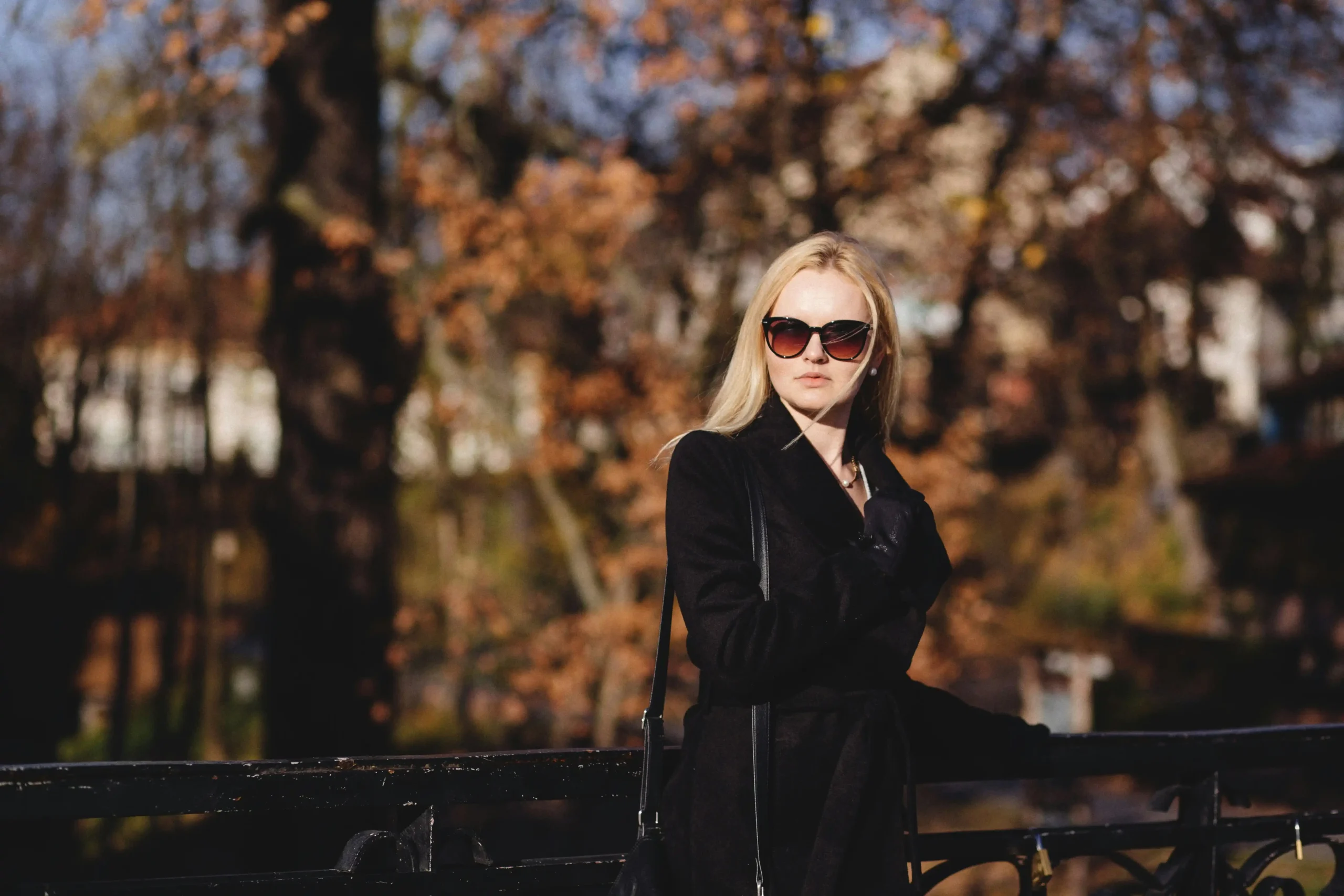2025 Fashion Revolution: The Clothes Defining Tomorrow’s Trends
The fashion industry is undergoing a seismic shift in 2025, driven by sustainability, technology, and a bold reimagining of self-expression. With global apparel revenue projected to surpass $2 trillion this year, the demand for trending clothes isn’t just about aesthetics—it’s about innovation, responsibility, and cultural relevance. Imagine walking into a store where your jacket charges your phone, your dress changes color based on your mood, and every garment has a carbon-neutral footprint. This isn’t science fiction; it’s the reality of 2025. In this guide, we’ll unpack the top trends reshaping wardrobes, the tech revolutionizing design, and actionable strategies to leverage these insights for personal or brand success. Whether you’re a marketer crafting campaigns or an entrepreneur eyeing the next big niche, understanding trending clothes is your ticket to relevance in a fast-evolving landscape.
1. Sustainability Takes Center Stage: Eco-Conscious Wardrobes
In 2025, sustainability isn’t a buzzword—it’s a non-negotiable. Brands like Patagonia and Stella McCartney have set the bar high, but emerging labels are pushing boundaries with biodegradable fabrics and closed-loop production systems. For instance, Vogue reports that 67% of consumers now prioritize brands using recycled materials. The rise of “carbon-negative” apparel, such as algae-based yarns and mushroom leather, is redefining luxury. Want to stay ahead? Invest in zero-waste designs or rental fashion platforms like Rotaro, which saw a 200% user growth last year. Pro tip: Pair sustainability storytelling with transparency—blockchain-enabled supply chains are becoming a key trust-builder for eco-aware shoppers.
2. Tech-Infused Fashion: Where Style Meets Innovation
From AI-designed patterns to solar-powered accessories, technology is weaving itself into the fabric of trending clothes. Smart textiles dominate 2025 collections, with sensors that monitor health metrics or adapt to temperature changes. Take Tommy Hilfiger’s collaboration with Google Cloud—a jacket that adjusts insulation based on weather data. Augmented Reality (AR) is another game-changer; platforms like Snapchat now let users “try on” digital outfits before purchasing. For marketers, this means immersive campaigns. For designers, it’s about blending code and couture. Don’t sleep on NFTs either: Digital fashion collectibles generated $10 billion in sales last year, per Wired.

3. Gender-Neutral and Inclusive Designs: Breaking Boundaries
The lines between menswear and womenswear are dissolving faster than ever. Brands like Telfar and Chromat champion gender-neutral silhouettes, while adaptive clothing for people with disabilities hits mainstream runways. In 2025, inclusivity isn’t optional—it’s expected. Look at Zara’s “Unlimited” line, which offers size ranges up to 4XL and generated $120 million in its first quarter. For entrepreneurs, this signals untapped markets: adaptive athleisure, sensory-friendly fabrics, or customizable fits. As Business of Fashion notes, 76% of Gen Z consumers prefer brands that reflect diverse identities.
4. Bold Colors and Retro Revival: Nostalgia Meets Futurism
Y2K nostalgia is back with a vengeance—think low-rise jeans, velour tracksuits, and holographic finishes—but with a 2025 twist. Neon hues and mismatched patterns dominate palettes, inspired by Pantone’s “Cyber Lime” (the 2025 Color of the Year). Meanwhile, designers like Gucci are reimagining 70s bohemia with laser-cut florals and metallic accents. To capitalize, curate bold statement pieces or collaborate with digital artists for limited-edition prints. Fun fact: Depop saw a 90% spike in searches for “retro streetwear” this year, proving vintage is still viral.
5. Athleisure 2.0: Performance Wear Goes Premium
Post-pandemic, comfort remains king—but 2025’s athleisure is sleeker, smarter, and sustainable. Brands like Lululemon and Gymshark now offer anti-odor fabrics and UV-protective layers, while Nike’s motion-capture leggings analyze your workout form. The trend extends beyond gyms: “Workleisure” blazers with stretch technology are flooding corporate offices. For retailers, bundling activewear with wellness apps (think: free Peloton classes with leggings) drives loyalty. According to McKinsey, the global activewear market will hit $550 billion by 2026—so flexibility is profitable.
6. Localized Fashion Movements: Hyper-Personalized Trends
In 2025, globalization meets hyper-localism. Consumers crave clothing that reflects their roots, sparking trends like African Ankara prints in Paris or Mexican embroidery in Tokyo. Social media accelerates these micro-trends: TikTok’s #LocalThreads challenge garnered 5 billion views last quarter. Savvy brands are partnering with artisans—Etsy’s collaboration with Indigenous weavers boosted sales by 40%. Tip: Use geo-targeted ads to highlight region-specific styles, or launch capsule collections celebrating cultural festivals. As Highsnobiety puts it, “Authenticity is the new exclusivity.”
Conclusion: Embrace the Future of Fashion Today
The trending clothes of 2025 are more than garments—they’re statements of innovation, identity, and intent. From carbon-negative materials to AI-tailored fits, the industry is blending ethics with excitement. For marketers, this means crafting stories that resonate with values-driven consumers. For entrepreneurs, it’s about spotting gaps in sustainable tech or inclusive design. And for everyday style enthusiasts? It’s a playground of possibilities. Ready to lead the charge? Start by auditing your wardrobe or brand strategy: What’s your sustainability score? How are you leveraging tech? Share your journey with #2025FashionRevolution and join the conversation shaping tomorrow’s trends.

Your article helped me a lot, is there any more related content? Thanks!